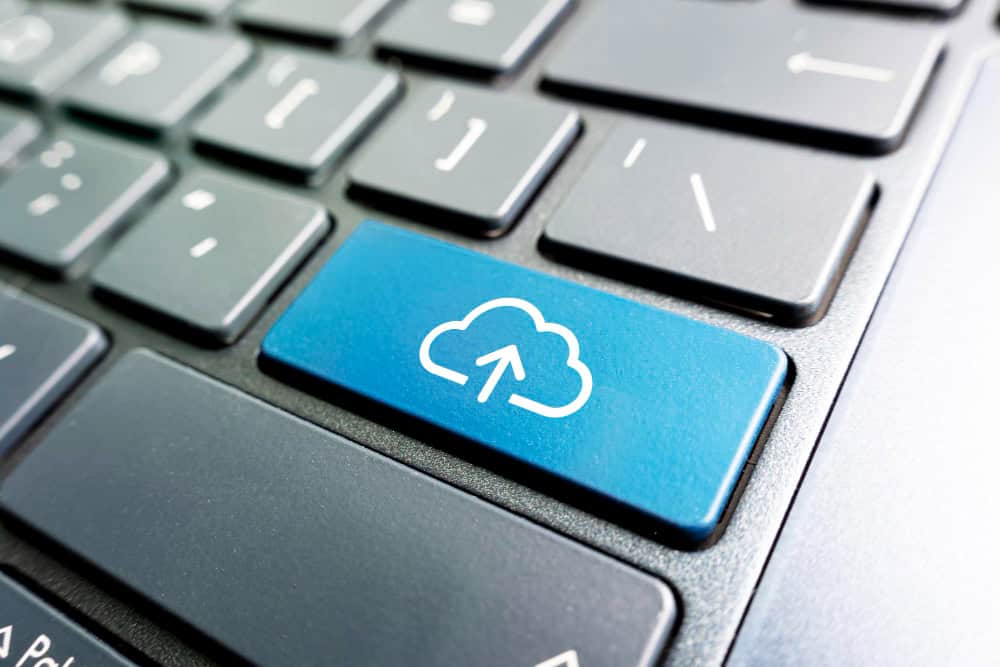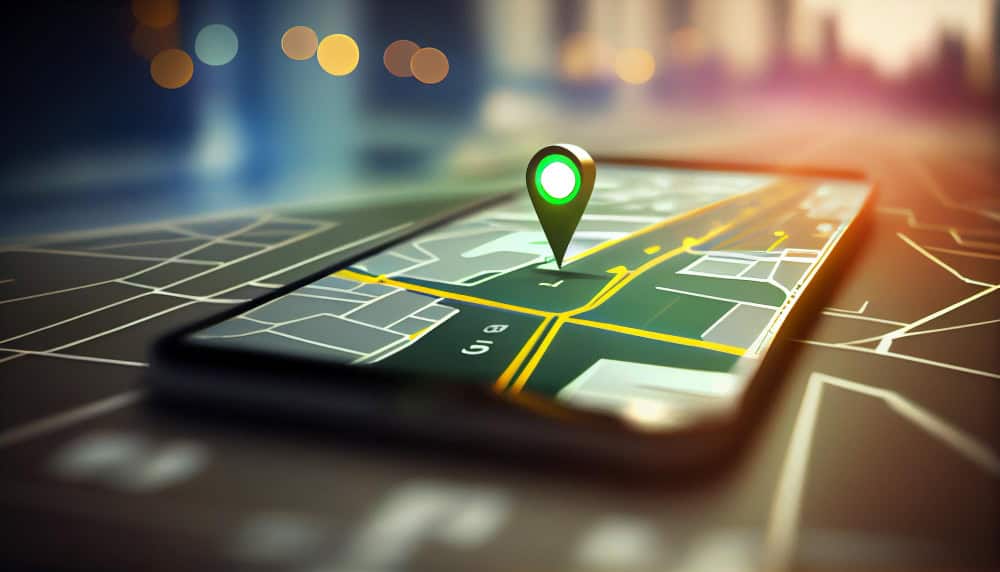Digital transformation has become a global change phenomenon across all industries, including telecommunications. One of the fundamental drivers of this change is the rapid growth of the Internet of Things (IoT). The IoT market is projected to grow from $478.36 billion in 2022 to a staggering $2,465.26 billion by 2029. This rapid rise of this technology can be linked to its ability to enable businesses to discover innovative business opportunities, reduce costs, develop improved business models and enhance the efficiency of operations and the business as a whole. By utilising IoT solutions, companies can leverage various digital capabilities which add value to customers and improve their overall competitiveness in the market. Below we answer the question, “Why is IoT a driver of digital transformation?”.
Table of Contents
ToggleIoT solutions and its role in digital transformation
To understand the impact IoT solutions have on digital transformation, we need to define what is meant by IoT. In simple terms, IoT refers to a network of physical devices connected to the internet. These connected devices communicate with each other and share data.
One of the main aims of digital transformation is utilising technology to improve different aspects of business and increase profitability. IoT solutions make this possible through:
- Efficient and advanced data analytics – IoT devices generate big data. This data can then be collected and analysed, utilising cloud computing, to provide valuable insights into the business and its operations, allowing for better decision-making and processing optimisation.
- Improved efficiency and productivity – one of the main benefits of IoT technology is that it can automate mundane tasks and processes. This way, staff have more time to focus on strategic business tasks, increasing efficiency and productivity.
- Enhanced customer experience – through the data collected by the IoT devices, businesses can gain insight into customer behaviour and preferences. With this information, businesses can adapt their products and services to meet customer needs and improve customer experience.
- Increased revenue generation – IoT solutions can be used to monitor and analyse data in almost real-time, which enables access to vital insights that can help identify new revenue-driving trends and opportunities and identify potential issues before they arise to reduce operational downtime.

Critical challenges in adopting IoT solutions for digital transformation and how to overcome these
From the above, it is clear that there are several different benefits related to utilising IoT to drive digital change within businesses across industries. Still, there are always going to be challenges that impede this and solutions that need to be developed to provide answers to these challenges. These include:
Data security and privacy concerns
Challenge: With billions of connected devices collecting, transmitting and sharing data, there is a concern with data security and privacy. This is especially the case with the increase in cybercrime that is occurring globally. If cybercriminals can gain unauthorised access to this data, they can use this to exploit businesses or customers.
Solution: When implementing IoT solutions, it is essential to ensure that the proper security and data protection measures are in place. Many of the new IoT devices and platforms have a variety of authentication methods that utilise technologies such as Artificial Intelligence and Machine Learning to ensure that only those with specific authorisation can access this sensitive data. These kinds of methods provide higher levels of security and data protection.
IoT solution integration challenges
Challenge: According to McKinsey, 40% to 60% of the total value of implementing IoT systems for business lies in achieving interoperability. Considering the number of vendors and service providers running these systems, achieving interoperability becomes increasingly challenging. For example, sensors and Network connectivity are critical components of IoT, but not all machines can share data. This is especially the case for legacy systems.
Solution: To overcome the challenges related to IoT integration, it is essential to ensure that your IoT solution has the right integration tools, technologies and practices. Key to this is developing a well-defined integration strategy that outlines the project scope, challenges, solutions and implications to avoid data silos. It is also critical to understand how the devices will interact within the solution, taking into account the number of IoT components and if the technologies are compatible with each other. Something else to consider is the use of API. The use of APIs is an effective and simple way to ensure data integration and device and network communication. Some may even consider following an API-centric strategy which is an approach focused on building products that can easily communicate with each other. This approach aims to create a modular system of apps and hardware components that can be easily integrated.
The lack of infrastructure and skilled personnel
Challenge: Reliable and secure digital infrastructure is critical to the performance of IoT solutions. The adoption of 5G across developed countries has been a significant driver of the growth of IoT. However, emerging markets still lag in digital infrastructure and connectivity, impacting IoT solutions’ rollout across these markets. Affordability and the lack of skilled personnel also play a significant role in the uptake of IoT solutions within these markets.
Solution: The subject of digital infrastructure essentially sits with Telcos and their ability to provide the connectivity for IoT solutions within emerging markets. This is a slow process, but inroads are being made to answer these needs. At the same time, it is vital to provide access to skills training for personnel to facilitate this. There is a significant opportunity for this to create new job opportunities, but access, accessibility, and affordability are key.

Future of IoT solutions in driving digital transformation
There is no doubt that even with some challenges, IoT is changing the world as we know it by driving digital transformation. This shift has led to several innovative IoT trends being identified across business verticals. These include:
- The rise of the Internet of Healthcare Things – Refers to the use of IoT technology to transform the healthcare industry through the creation of “virtual hospitals”, which will utilise wearable health devices and in-home sensors to monitor patients outside the hospital in their homes.
- The increase in IoT security – Security is a primary focus for businesses in the IoT industry, specifically the consumer space. According to Forbes, the spending on security measures is forecast to hit $6 billion during 2023.
- The development of smart cities – In the coming years, we expect IoT technologies to be utilised to create and develop smart cities. IoT technology can be used in several ways, to enhance traffic light synchronicity to reduce traffic and to use smart streetlights and surveillance cameras on roads to alert authorities to potential problems, dangers or issues. This technology will create a more connected, safe and efficient world.
From a telecommunications perspective, IoT and the adoption of IoT technology add significant value to the business and enable the capitalisation of growth of this industry. Not only can a Telco provide the IoT infrastructure necessary for IoT technologies to function, but it can also structure its own IoT services as additional offerings to grow and expand its customer base. Which ultimately increases revenue. This also means growth for the industry, which will further enable IoT implementation and deployment.
Telcos are, therefore, able to develop massive ecosystems of interconnected devices aimed to offer seamless communication, which is a critical need for digital transformation across industry verticals.
Conclusion
From the above, it is clear that IoT is a digital transformation driver as it is changing how businesses and industry verticals operate. This technology is being utilised in smart and innovative ways to reduce costs and increase uptime and the overall profitability of businesses. Still, several challenges need to be addressed to ensure the accessibility and safety of this technology. With the growing expansion of 5G adoption globally, the sky is the limit regarding what IoT technology can be used for. This puts Telcos in a favourable position, especially where connectivity and developing value-added IoT services are concerned. What is evident across industries is that IoT technology is here to stay.

Provide additional products to corporate clients, offer new revenue streams, and reduce client churn
Explore the intricate details of Adapt IT’s APN-as-a-Service and how it enables IoT connectivity, enhance network security, and facilitates the effective management of an organisation’s IoT ecosystem.

In my 20+ years’ experience within the information technology and telecommunications industry, I have assisted businesses in successfully delivering and managing various technology solutions and consulting projects to a multitude of organisations spanning across Telecoms, FMCG, Financial Services, Banking, Retail, ICT, Manufacturing, Public Sector and Mining. My strength and passion lies in the mediation of technology and business with a focus on successfully integrating software solutions that assist organisations in delivering on their strategic objectives through improved business insight to ultimately improve business performance. At Adapt IT I am privileged to work with an experienced team that is equally passionate about utilising technology to drive business efficiencies specifically focusing on Mobility.



